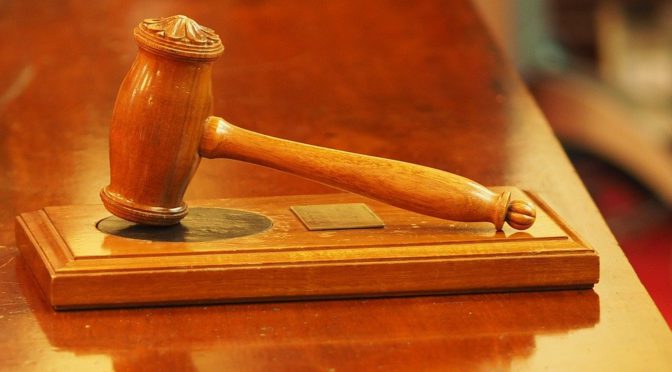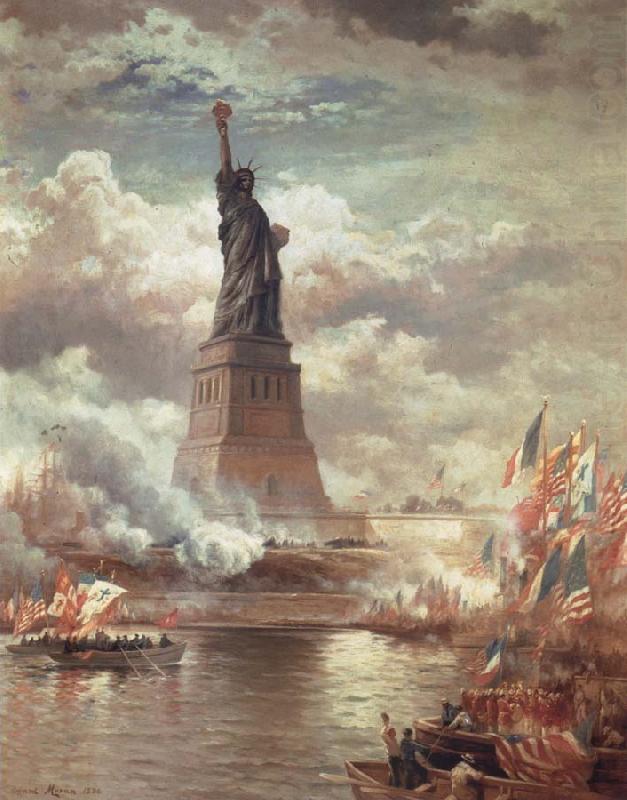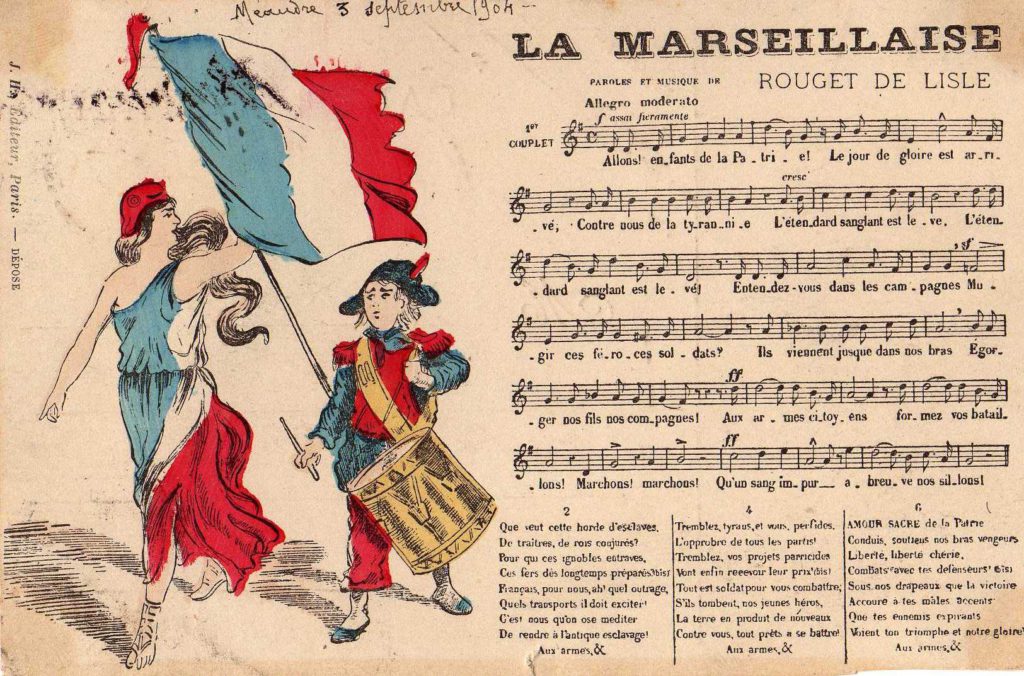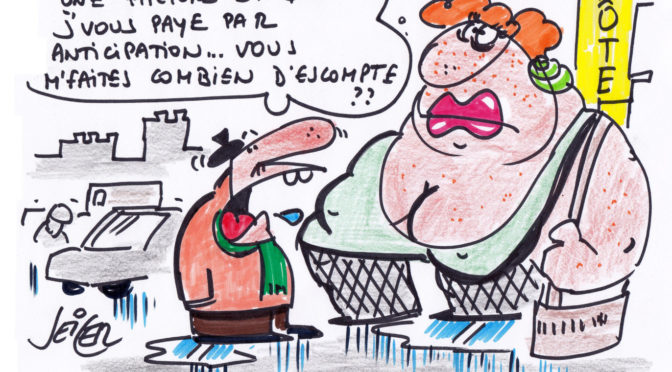IMSLP:EFF Open Audio License
This license is only to be applied to files from an external source which cannot be relicensed. This license predates CC BY-SA, which is its successor. For combined works, this license is considered compatible with CC-BY-SA, unless « only version 1.0 » has been specified, as CC-BY-SA versions are considered the successors to this license (i.e., they are EFF OAL versions 2.0 and later).
As this is an outdated license, please don’t select this license for original contributions. Use CC BY-SA 4.0 instead.
EFF Open Audio License:
Version 1.0.1
Changes from ver. 1.0[.0]: Typo corrections; no substantive changes.
- I. Preamble
- II. Terms of Use
- III. How to Use this License
I. PREAMBLE
Principles
Digital technology and the Internet can empower artists to reach a worldwide audience and to build upon each other’s ideas and imagination with extremely low production and distribution costs. Many software developers, through both the open source software initiative and the free software movement, have long taken advantage of these facts to create a vibrant community of shared software that benefits creators and the public.
EFF’s Open Audio License provides a legal tool that borrows from both movements providing freedom and openness to use music and other expressive works in new ways. It allows artists to grant the public permission to copy, distribute, adapt, and publicly perform their works royalty-free as long as credit is given to the creator as the Original Author.
As in the software communities, this license is intended to help foster a community of creators and performers who are free to share and build on each others’ work. This also frees their audience to share works that they enjoy with others, all for the purpose of creating a rich and vibrant public commons.
More specifically, this license is designed to serve as a tool of freedom for artists who wish to reach one another and new fans with their original works. It allows musicians to collaborate in creating a pool of « open audio » that can be freely modified, exchanged, and utilized in new ways. Artists can use this license to promote themselves and take advantage of the new possibilities for empowerment and independence that technology provides. It also allows the public to experience new music, and connect directly with artists, as well as enable « super distribution » where the public is encouraged to copy and distribute a work, adding value to the artist’s reputation while experiencing a world of new music never before available.
Why is the EFF advocating a license?
Because, despite the fact that we are uneasy with the licensing, as opposed to sale, of both music and software, we see this particular license as a tool of freedom. Our goal is to use the tools of copyright to free artists and audiences from the portion of current copyright law that seems, to us, to be getting in the way of copyright’s original purpose — the creation of a vibrant public commons of music that we all can enjoy and that artists can build upon. As part of it, we hope to demonstrate some of what we believe should be the best practices in licenses, including respect for the rights and limitations of copyright law including fair use, first sale rights, as well as consumer protection laws and of course freedom of speech. The aim of this license is to use copyright tools to achieve copyright’s stated objectives of spreading knowledge and culture while preserving incentives for the author.
For legal purposes, this document is the official license under which Open Audio is made available for public use. The original version of this document may be found at: https://web.archive.org/web/20040818074301/http://www.eff.org/IP/Open_licenses/eff_oal.html.
Specific terms and conditions for accessing, copying, distribution, adaptation, public performance, and attribution follow.
II. TERMS AND CONDITIONS FOR USE:
Access, Copying, Distribution, Public Performance, Adaptation, and Attribution
This license applies to any work offered by the Original Author(s) with a notice indicating that it is released under the terms of the EFF Open Audio License, « (O) ». If used in conjunction with a sound recording (whether in digital or analog form), this license encompasses the copyright in both the sound recording (the « master » rights) and the underlying musical composition (the « songwriter » rights).
The Original Author retains the copyrights to works released under this license, but grants the worldwide public permission to use the work in the ways authorized herein. Activities other than those specifically addressed below are outside the scope of this license.
- Access, Reproduction, Distribution, Modification, and Performance Rights. Subject to the terms and conditions of this license, the Original Author irrevocably and perpetually grants to the public authorization to freely access, copy, distribute, modify, create derivative works from, and publicly perform the work released under this license in any medium or format, provided that Original Author attribution be included with any copies distributed or public performances of the work, as well as any derivative works based on the work, as further described below.
- Original Author Attribution Requirement. Original Author attribution is generally defined as a method in the regular course of dealing that reasonably conveys to the recipient of a copy or performance the following information: (1) The notice « (O) » that indicates the work is released under the EFF Open Audio license; (2) the identity of the Original Author; (3) the title of the work (at Original Author’s option); and (4) how the first listed Original Author may be contacted (at Original Author’s option).
Where a common, widely-adopted method for attribution is available (such as ID3 tagging for MP3 files), Original Author attribution should be implemented using the common, widely-adopted method. In other circumstances, Original Author attribution may be implemented in any reasonable fashion, such as by including attribution in the public performance, or affixing it to the physical media, or embedding it in the digital file. See the Suggested Guidelines for general attribution requirements for giving proper credit to the work’s Original Author in differing circumstances. - Agree Not to Limit Others’ Use. Any new work that in whole or in part contains or is derived from a work (or part thereof) made available under this license, must itself be licensed as a whole under the terms of this license.
Notwithstanding the foregoing, mere aggregation on a volume of a storage or distribution medium of an independently created work with one that is made available under this license does not bring the other work under the scope of this license. It is not the intent of this section to contest the rights of others in works created entirely by them; rather, the intent is to exercise the right to control the distribution of derivative or collective works based upon a work subject to this license. - Acceptance of Terms. Because you have not signed this license, you cannot be required to accept it. But nothing besides this license grants you authorization to copy, distribute, adapt, or publicly perform royalty-free the copyrighted works released under it. These activities are prohibited by law without a license or other contractual right granted by the copyright owner. By exercising one of the rights granted herein you indicate your acceptance of this license and agree to be bound by all its terms and conditions.
- License Version. This license is Version 1.0. New versions of this license will be published from time to time at: https://web.archive.org/web/20040818074301/http://www.eff.org/IP/Open_licenses/eff_oal.html Anyone who releases a work under the license without specifying a version number allows the recipient to use the work subject to the then-current version of this license.
- Civil Liberties Unrestricted. Nothing in this license is intended to reduce, limit, or restrict any fair use, the first sale doctrine, or the public side of the copyright bargain under copyright law, or to in any other way limit any rights bestowed under consumer protection or other applicable laws.
- Warranty. By offering an original work for public release under this license, the Original Author warrants that (i) s/he has the power and authority to grant the rights conveyed herein, and (ii) use of the work within the scope of this license will not infringe the copyright of any third party.
III. HOW TO USE THIS LICENSE
If you are a musician, band, or other artist and you want your creative works to be experienced by the widest audience possible and touch the hearts and minds of the greatest number of people around the world, the EFF Open Audio License allows your fans and supporters to market and distribute your work through viral marketing that creates attention and adds value to your identity. You can also help build a common pool of creative expression that can be accessed and improved upon by all of society.
To do so, convey or affix the following information to or about the copy or performance of the work:
The designation « (O) », representing « open » which indicates that the Original Author(s) have released the work subject to the terms and conditions of this public license;
Name of work’s Original Author(s) (both the performer and the song writer);
Name or title of work (at option of author);
First Original Author’s specified contact means usually an email or Internet address (at option of author);
notice, year created; and license version number.
Examples:
(O) Future Tribe « Gaian Smile » www.VirtualRecordings.com 2001 V.1.0
(O) Future Tribe « Imitatio Mundi » future@virtualrecordings.com 2001 V.1.0
This license is designed to provide artists with a mechanism to promote their creative talents and identity to millions of people through releasing certain recordings to the public. It is also designed to serve as a tool to allow musicians to experiment with new business models that do not depend solely on a payment of fee-per-copy. Changing times require artists be creative in devising new business models for assuring payment and adequate compensation for their important contributions to society.









